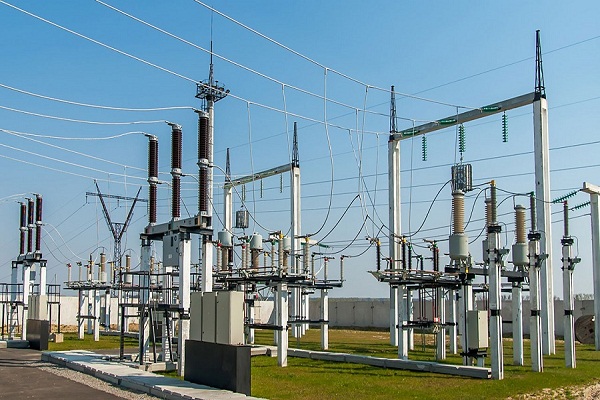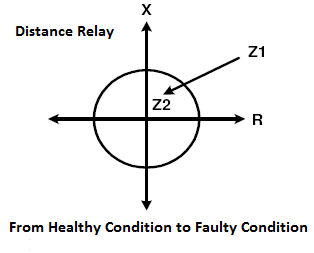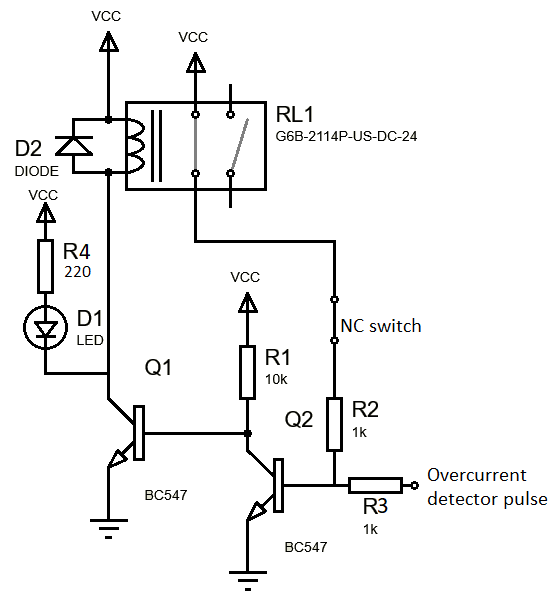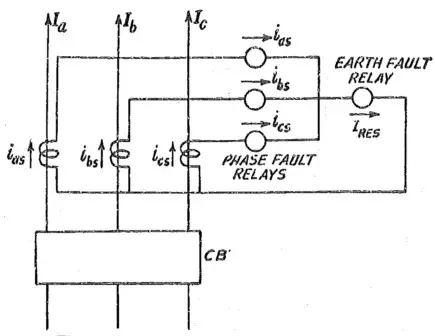
In the vast and complex world of modern infrastructure, distance relays play a crucial role in ensuring the reliable and efficient operation of electrical networks. These sophisticated devices act as sentinels, monitoring and protecting power transmission lines, distribution systems and interconnected networks. By quickly detecting faults, accurately measuring distances and immediately triggering protective measures, distance relays protect the integrity of electrical infrastructure, minimize outages and prevent potentially catastrophic events.
Distance relay principle
Distance relay faults in transmission lines are related to increasing current and decreasing voltage, which reduces the value of Z. The idea of distance relays is supported by the fact that:

The basic idea behind distance relays is that the apparent impedance measured at any point on a transmission line depends on the impedance of the line and the distance between the measuring point and the fault location. By monitoring the current and voltage at a specific location, the relay can calculate the impedance and compare it to expected values for various fault scenarios.
- Under normal conditions, the value of Z is very high, so the distance relay does not work.
- In case of failure, the value of Z decreases and the distance relay can operate.
Here are some key principles underlying how distance relays work:

Impedance measurement
Distance relays measure the impedance of a transmission line to detect faults. Electric current is influenced by factors such as line length, conductor size and defects. By monitoring impedance, distance relays can evaluate line characteristics and detect anomalies caused by defects.
Calculating error distance
Distance relays use impedance measurements to calculate the distance to a fault along the transmission line. By comparing the measured impedance to predetermined settings, the relay can determine the approximate location of the marker. This information is critical for implementing protective measures and isolating the faulty section.
Current and voltage monitoring
Distance relays require accurate monitoring of current and voltage in the transmission line. Current transformers (CTs) and voltage transformers (PTs) are used to perform these measurements. Current monitoring helps determine the magnitude and direction of fault currents, while voltage monitoring provides information about the voltage drop across the line. These measurements are essential for calculating impedance and identifying fault conditions.
Setup and coordination
Distance relays have configurable settings that allow adaptation to specific system requirements. These settings determine the sensitivity, range and fault detection criteria of the relay. Coordination between distance relays and other protective devices is essential to ensure proper fault discrimination and selective tripping and to minimize unnecessary power interruptions.
Error detection algorithms
Distance relays use advanced algorithms to analyze current, voltage and impedance measurements and detect various types of faults. These algorithms consider fault characteristics such as magnitude, duration, and impedance changes to distinguish between fault conditions and normal variations in system behavior.
Communication and integration
Modern distance relays are often equipped with communication functions to protect relays and other control devices. Integration into communication networks allows remote monitoring, control and coordination of protection measures, thus improving the overall functionality of the electrical system.
Overcurrent protection relay
An overcurrent protection relay is an important component of electrical protection systems that protect power systems against excessive current conditions. It acts as a sentinel, monitoring the current flowing through circuits and activating protective measures when an overcurrent condition is detected. By quickly detecting and responding to overcurrent events, these relays help prevent equipment damage, mitigate safety risks, and maintain the overall integrity and stability of electrical networks.

The function of an overcurrent protection relay is based on several main elements and principles:
Current measurement
Overcurrent relays use current transformers (CTs) to measure the current flowing through the circuit they protect. CTs convert wind reduction to a manageable level and accurately represent current as it flows.
Current limits
Overcurrent relays are equipped with adjustable current limits or response settings. These settings determine the maximum allowable current for a specific circuit or device. The relay activates when the measured current exceeds these limits, indicating an overcurrent condition.
Time-current characteristics
Overcurrent relays are equipped with time-current characteristics that define the relay response time based on the magnitude of the overcurrent. These characteristics can be adapted to different applications and are generally represented by curves or graphs. The curves show the relationship between the magnitude of the fault current and the time it takes the relay to trip.
Selectivity and coordination
Overcurrent protection relays coordinate with other protective devices in the system to ensure selective tripping. Coordination ensures that the protective device closest to the fault location trips first. This isolates the faulty section and minimizes disruptions to other parts of the system.
Travel circuit
When an overcurrent condition is detected and confirmed, the overcurrent relay activates its trip circuit. The trip circuit sends a signal to open the associated circuit breaker or switch, stopping current flow and isolating the fault.
Earth fault relay
An earth fault relay is an important protective device in electrical systems to detect and respond to earth faults. Ground faults occur when an unintended electrical connection is made between an energized conductor and ground, resulting in potentially dangerous conditions such as electric shock, equipment damage, and fire risk. Earth fault relays play an important role in quickly identifying and isolating these faults, improving safety and protecting electrical systems.

Here are some important aspects and principles related to ground fault relays:
Earth fault detection
Ground fault relays monitor the current flowing in and out of a system or device and detect any imbalances between them. During a ground fault, part of the current deviates from its intended path and flows to ground. The earth fault relay detects this imbalance and activates protective measures.
Current measurement
Earth fault relays use current transformers (CTs) to measure the current flowing in the system or device. CTs provide a reduced current signal that is proportional to the actual draft. This allows the relay to monitor flow and accurately detect abnormal current conditions.
Sensitivity and settings
Ground fault relays have adjustable sensitivity settings that determine the minimum fault current required to activate the relay. These settings can be adjusted based on your specific system needs and desired level of protection. The relay must be configured to detect and respond to ground faults, preventing false trips due to normal operating conditions or harmless transient currents.
Time-current characteristics
Earth fault relays are typically equipped with time-current characteristics that define their response time based on the magnitude of the fault current. These characteristics can be represented by curves or graphs that illustrate the relationship between the magnitude of the fault current and the time required for the relay to trip. The delay allows coordination with other protective devices and prevents unnecessary triggering.
Testing and maintenance
To ensure proper functioning of ground fault relays, regular testing and maintenance are essential. Regular testing includes checking sensitivity settings, time-current characteristics, and evaluating coordination with other protective devices. Maintenance activities include cleaning, calibration, and inspection to maintain relay reliability and accuracy.
Conclusion
In summary, distance relays play an important role in modern infrastructure. They act as sentinels that protect electrical networks, improve system reliability and enable efficient use of electrical energy. Its principles, applications and ongoing developments continue to shape the landscape of electrical protection and pave the way for a more reliable and sustainable energy infrastructure.

